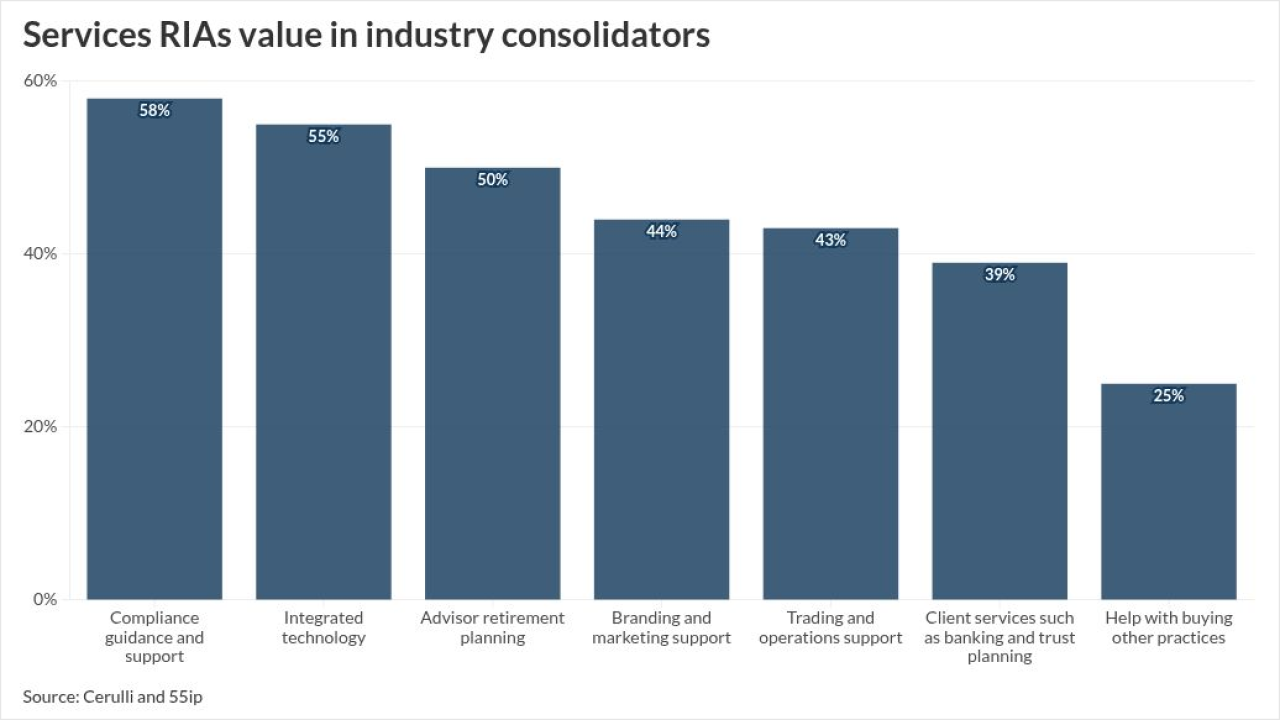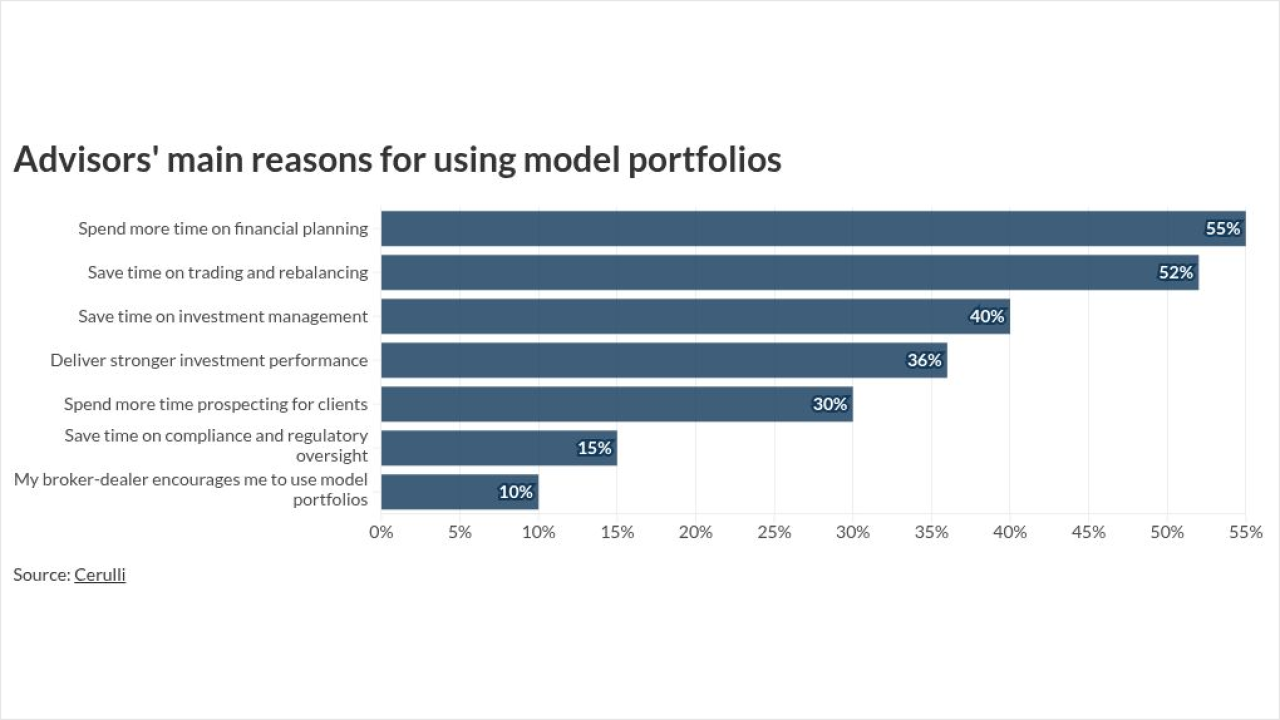The financial services industry is celebrating the biggest, most diverse class of CFPs to ever “walk the stage.”
On Wednesday, the
More significant are the year-over-year gains among women, Black and Hispanic CFP pros as the industry continues to grapple with its
There were 1,374 women in the class of 2021, representing an increase of 4.2%. The 267 new Hispanic and 150 new Black CFPs were good for boosts of 15% and 10%, respectively. Overall, 5,273 professionals earned CFP designations over the past 12 months.
The total number of Black and Hispanic CFP professionals climbed to 4,196 in 2021 with those additions — a 13.8% increase and nearly four times the growth rate of all CFP holders, according to the new data.
But CFP Board leaders aren’t popping champagne and taking a victory lap just yet. While the number of female CFP holders now sits at an all-time high of 21,504, they still represent just 23.4% of all CFPs. That number is stagnant as women already represented 23.3% in last year’s update.
Just 1.8% of CFPs are Black, and 2.7% are Hispanic. Neither figure has budged much from the 1.7% and 2.5% reported one year ago.
What it does illustrate, leaders say, is that more work needs to be done to transform the industry from its older, whiter and male status quo. But the progress made over the past two years shows that after generations of idling, change is possible.
“We have nothing to brag about with fewer than 2% Black CFP professionals. But we are all committed to making the numbers known, and we're putting ourselves out there. And it's a practice I think more firms should follow as well,” CFP Board CEO Kevin R. Keller told Financial Planning, noting that from this point forward the organization will release racial and ethnic data on a monthly basis with a broader set of categories.
Keller added that the class of 2021 is full of new CFPs who began their journey years ago, after the establishment of the
He mentioned
Time, however, will be the most valuable resource as the factors responsible for those single-digit percentages have been in place much longer than the structures that aim to break down barriers.
“It's not like we can just go out with a marketing campaign and move that bottom line number … but it’s about transparency in the numbers,” Keller said. “We've been at this for more than six years. It's a commitment at the highest levels and in the governance of the organization.
“We're committed to this long-term. The numbers may go up and down over time, but the trend is our friend here.”
Disrupting the status quo
That trend is one that excites Dasarte Yarnway, founder of Berknell Financial Group. He continued doing his part to support underrepresented people working in the industry when he
Onyx is a community for people of color, women, members of the LGBTQ+ community and other groups historically excluded from the financial services industry. It provides members discounted access to compliance tools, asset custody services, business development resources and technology.
“My prediction is that three or five years from now, we'll have even more people of color, women and LGBTQ+ representation,” Yarnway said. “For the longest time, I felt like you cannot be what you don't see. And we didn't see a lot of people from underrepresented communities represented as CFPs, RIAs or financial advisors. So now that the industry is becoming more popular as a potential career path, I think that we have something to be excited about moving forward.”
Yarnway feels that a “big disruption” is currently happening across the world of wealth management that will lead to bigger change in the future. In addition to the work being done by organizations like the Center for Financial Planning and Onyx, he mentioned the
“Everybody now is at least aware of the issue, and there are certain groups out here trying to provide solutions to issues that we've faced for over 50 years,” Yarnway said. He then talked about seeing John Rogers create
“He created his mutual fund company at the age of 24 in Chicago in 1983. He had an afro and a bell bottom suit. And that was the only person I could find in the time span that I was looking who founded something independently at that age in this industry,” Yarnway said. “Why did I have to go back over 20 years to find somebody like that? That's not going to be the case for the industry moving forward, and I think that disruption is happening right now.”
Yarnway also believes the industry is in need of more messengers to let those who may have never considered going after their CFP know that it is an option for them and to serve underserved populations in need of sound financial advice.
He discussed the three years he spent as a vice president on Wall Street and serving clients with minimums of $3 million in investable assets. That meant he was unable to take the information he was gaining back to the community that made him until he went independent.
Yarnway said that the same “Robin Hood” approach should be taken across the industry as greater diversity gains are pursued.
“I live by the model called push-pull, which essentially means if you are on the path to greatness, you will have the responsibility to push those who are ahead of you. All of the advisors that came before me that I looked up to, I'm rooting for them and I'm hoping they continue to do excellent work,” he said. “But for those that are coming after me, I have a responsibility to pull them in the door and give them the same opportunities that I was afforded. So I'm pushing, I'm pulling and I'm going to continue to be an inspiration and hopefully a motivation for the next generation of financial planners.”
Looking forward
The next step in the process is to keep stepping, many say. As much as big gains are celebrated, long-term consistency will be equally important.
John R. Power, a CFP based in Walpole, Massachusetts, said a dramatic turn-around should not be expected in this space. But active engagement will be the key to getting there.
“Firms must go to where candidates might be to bring them in and support their work toward certification. Chapters and the association need to reach out to schools, like HBCUs, and sell the profession,” he said. “There are plenty of BIPOC candidates that are or could be qualified. But they don't know what a financial planner is and may have heard that the ‘old white guy’ culture dominates. We have a lot of work to do to change that image.”
Brooklyn-based CFP Lazetta Rainey Braxton said as a Black woman who is heavily invested in diverse representation and contributions in financial services, it is encouraging to see growth. However, weaknesses cannot be overlooked or excused.
“While the number of women has increased, the percentage is the same at 23% for over a decade,” she said.
Landon Tan, a trans-masculine former spoken-word poet who has been a Brooklyn-based CFP since 2014, said this year’s CFP Board numbers were surprising in terms of the number of multiracial planners.
“My jaw dropped to see that I'm one of literally 116 ‘multi-ethnic’ certified financial planners in the world. The CFP Board has been making important efforts to increase representation of people of color in our industry such as mentorship programs, scholarships and attention to representation. It's still a work in progress,” Tan said. “People need to be able to see financial planners from their communities. Finance can be very alienating, but it's so crucial. Increasing representation will make it so that more communities can be lifted up by quality financial planning.”
Keller is keeping a close eye on both the praise and the criticism as the CFP Board moves forward.
He, too, is excited about an industry that looks, feels and sounds a little bit different.
“You go to a meeting, and it's all people who look like me in their 50s and 60s and some in their 70s. We have more CFPs over 70 than under 30,” he said. “This is hard. It's hard to get more women through the pipeline. It's hard to get Black in Hispanic through the pipeline. It doesn't matter what color you are, it's hard to get through. So we feel really good, and the work that we've been doing in the Center is part of that.”









